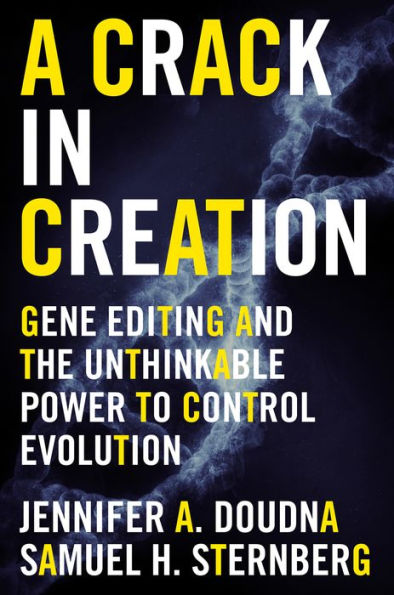Read an Excerpt
PROLOGUE
THE WAVE
In my dream, I am standing on a beach.
To either side of me, a long, salt-and-pepper strip of sand runs along the water, outlining a large bay. It is, I realize, the shore of the island of Hawaii where I grew up: the edge of Hilo Bay, where I once spent weekends with friends watching canoe races and searching for shells and the glass balls that sometimes washed ashore from Japanese fishing boats.
But today there are no friends, canoes, or fishing boats in sight. The beach is empty, the sand and water unnaturally still. Beyond the break-water, light plays gently along the surface of the ocean, as if to soothe the fear I’ve carried since girlhood — the dread that haunts every Hiloan, no matter how young. My generation grew up without experiencing a tsunami, but we have all seen the photos. We know our town sits in the inundation zone.
As if on cue, I see it in the distance. A wave.
It is tiny at first but grows by the second, rising before me in a towering wall, its crest of whitecaps obscuring the sky. Behind it are other waves, all rolling toward the shore.
I am paralyzed with fear — but as the tsunami looms closer, my terror gives way determination. I notice a small wooden shack behind me. It is my friend Pua’s place, with a pile of surfboards scattered out front. I grab one and splash into the water, paddle out into the bay, round the breakwater, and head directly into the oncoming waves. Before the first one overtakes me, I’m able to duck through it, and when I emerge on the other side, I surf down the second. As I do, I soak in the view. The sight is amazing — there’s Mauna Kea and, beyond it, Mauna Loa, rising protectively above the bay and reaching toward the sky.
I blink awake in my Berkeley, California, bedroom, thousands of miles away from my childhood home.
It is July 2015, and I am in the middle of the most exciting, overwhelming year of my life. I’ve begun having dreams like this regularly, and the recognition of their deeper meaning comes easily now. The beach is a mirage, but the waves, and the tangle of emotions they inspire — fear, exultation, hope, and awe — are only too real.
My name is Jennifer Doudna. I am a biochemist, and I have spent the majority of my career in a laboratory, conducting research on topics that most people outside of my field have never heard of. In the past half decade, however, I have become involved in a groundbreaking area of the life sciences, a subject whose progress cannot be contained by the four walls of any academic research center. My colleagues and I have been swept up by an irresistible force not unlike the tsunami in my dream — except this tidal wave is one that I helped trigger.
By the summer of 2015, the biotechnology that I’d helped establish only a few years before was growing at a pace that I could not have imagined. And its implications were seismic — not just for the life sciences, but for all life on earth.
This book is its story, and mine. It is also yours. Because it won’t be long before the repercussions from this technology reach your doorstep too.



